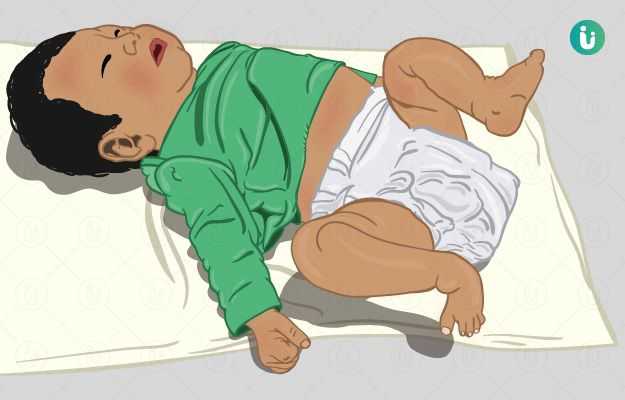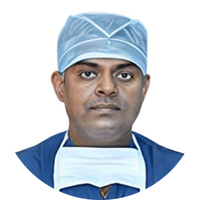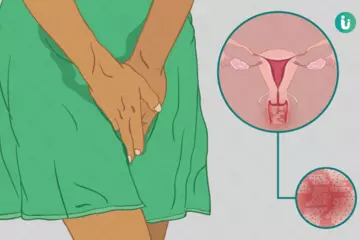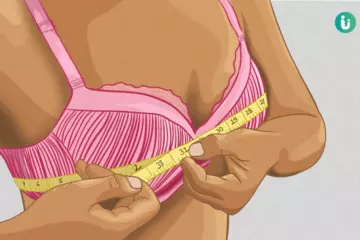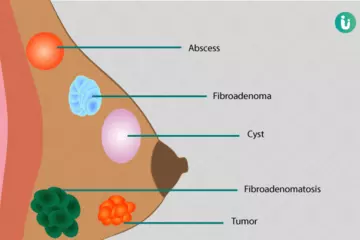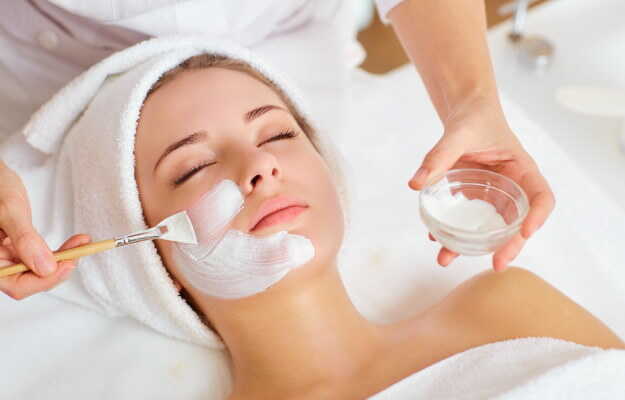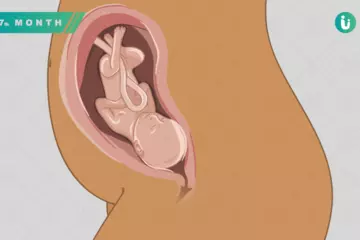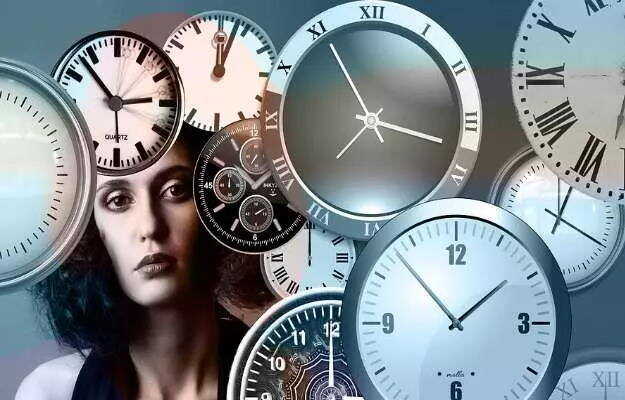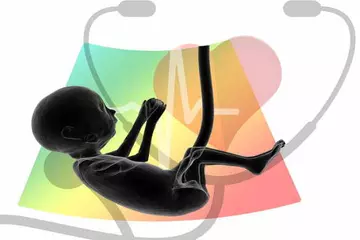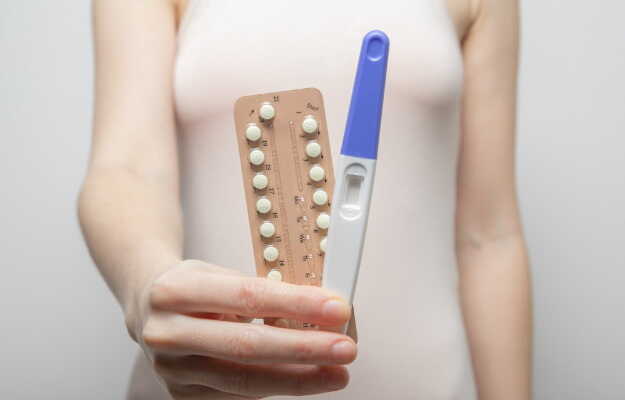Clubfoot, or congenital talipes equinovarus, is a foot deformity in which the foot is rotated from its normal position, downward and inward. It is a relatively common birth defect and while it is usually diagnosed on examination of the neonate, it can also be diagnosed by ultrasound during pregnancy. Although result of a mix of genetic and environmental factors, some modifiable maternal risk factors like smoking during pregnancy and maternal obesity can also play a part. Treatment of clubfoot is generally conservative. The standard method employed, Ponseti method, involves serial manual manipulation (holding, stretching and moving) the baby’s foot into the correct position and shape and then weekly application of a foot to groin cast for several months. After a natural shape and position are achieved, the Achilles’ tendon is lengthened and the foot is placed in specialised braces and shoes for a few months. Surgical correction can be needed in cases that fail to respond to conservative management for over a year or have residual undercorrected deformities following it.
(Read more: Pregnancy week by week)

 Doctors for Clubfoot
Doctors for Clubfoot  Surgery for Clubfoot
Surgery for Clubfoot
